misc
Glen,
I completely removed the mosfet from the heat sink and couldn't tell a difference so I put it back. At least, no difference with the settings I had running.
Glad you and others have been getting different oscillating effects and that I'm not the only one. Also good to see that you have had an increase in some battery voltage while the circuit is running.
Have you or anyone else seen that the pot adjustments to the mosfet are not linear and that there are non-linear zones where the waveform goes up then down then up or visa versa while turning the pots in the same direction? I'll show a vid on this because it is these areas that I have played in quite a bit.
Originally posted by FuzzyTomCat
View Post
I completely removed the mosfet from the heat sink and couldn't tell a difference so I put it back. At least, no difference with the settings I had running.
Glad you and others have been getting different oscillating effects and that I'm not the only one. Also good to see that you have had an increase in some battery voltage while the circuit is running.
Have you or anyone else seen that the pot adjustments to the mosfet are not linear and that there are non-linear zones where the waveform goes up then down then up or visa versa while turning the pots in the same direction? I'll show a vid on this because it is these areas that I have played in quite a bit.



 .
. 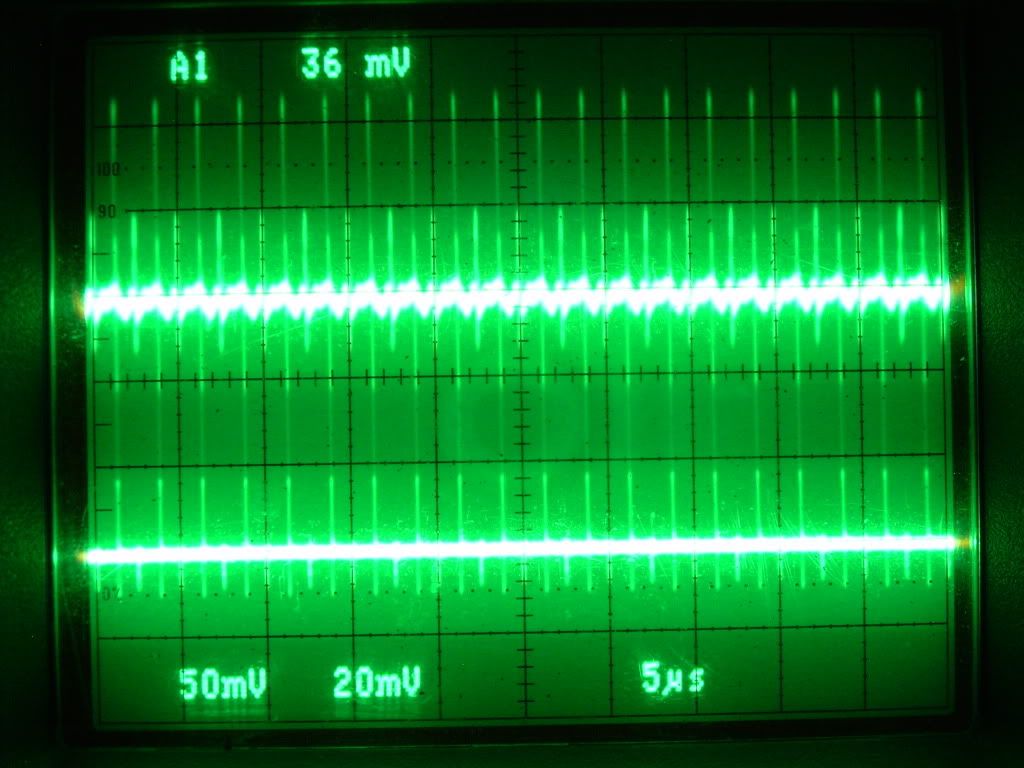
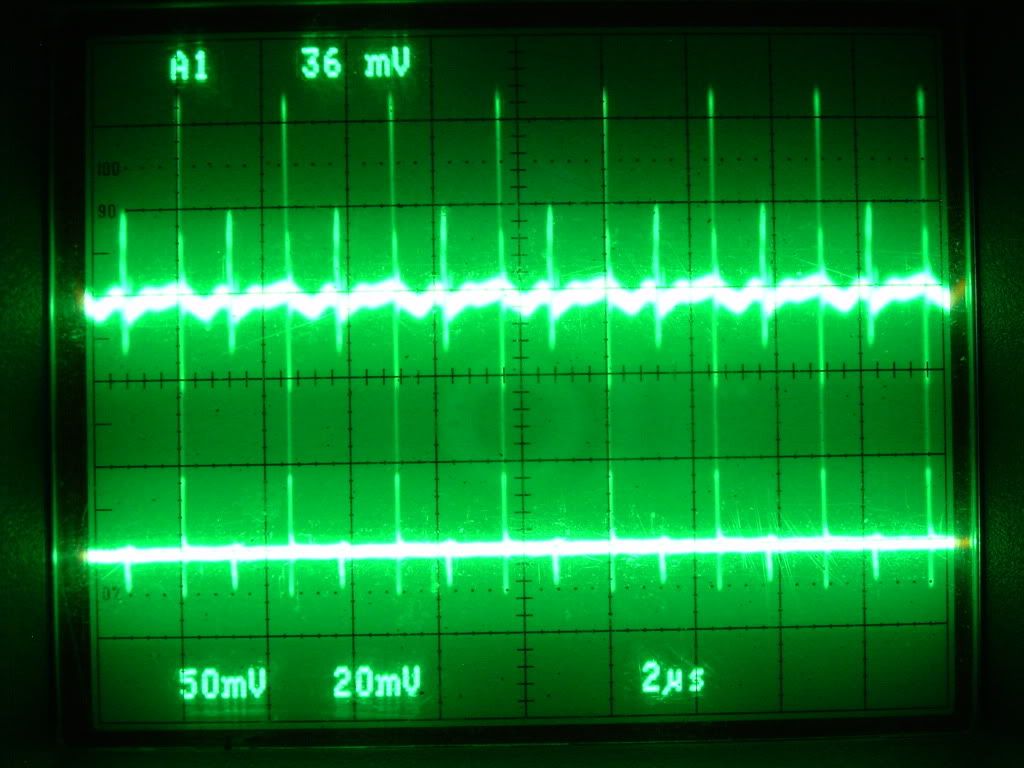
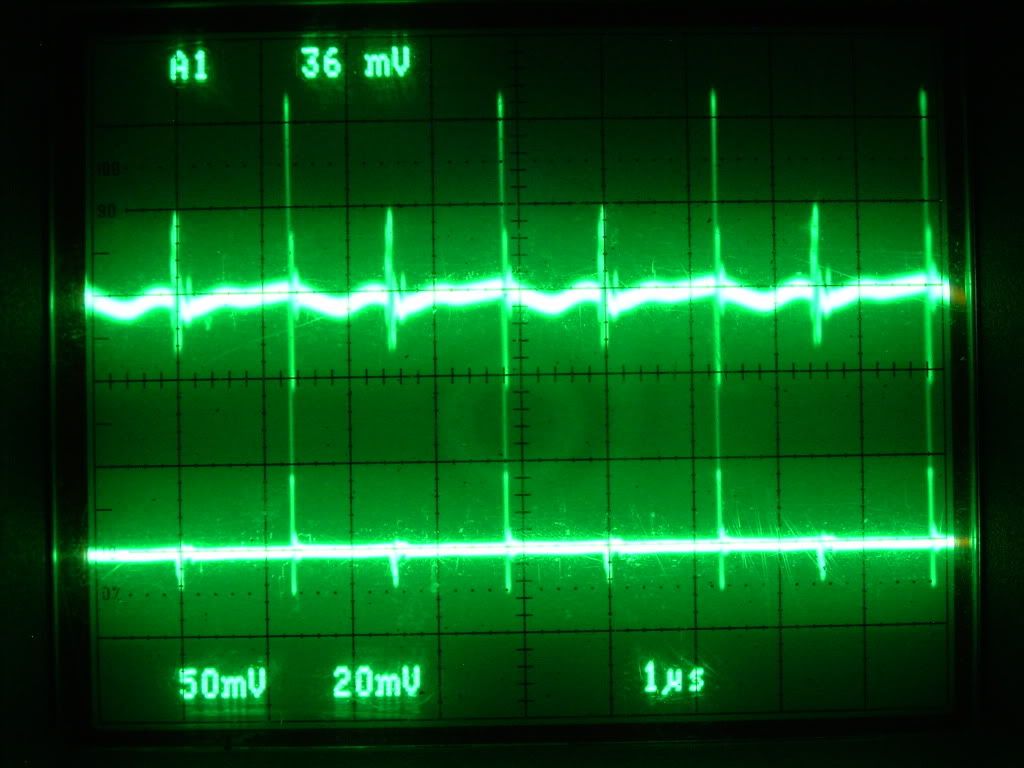
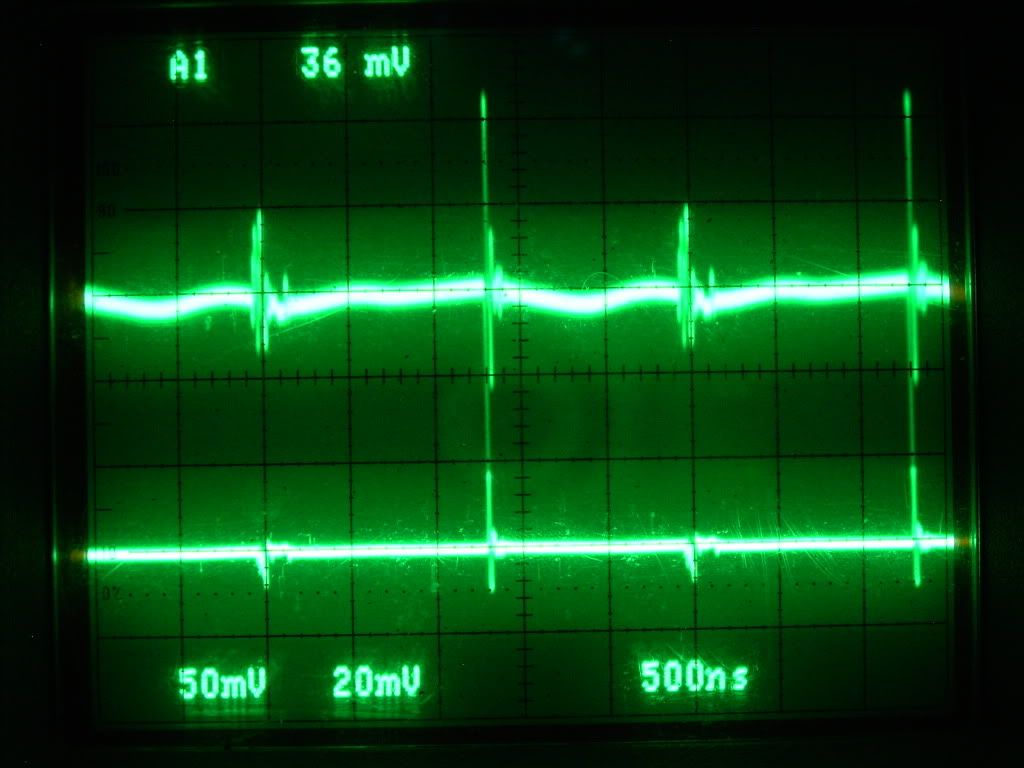

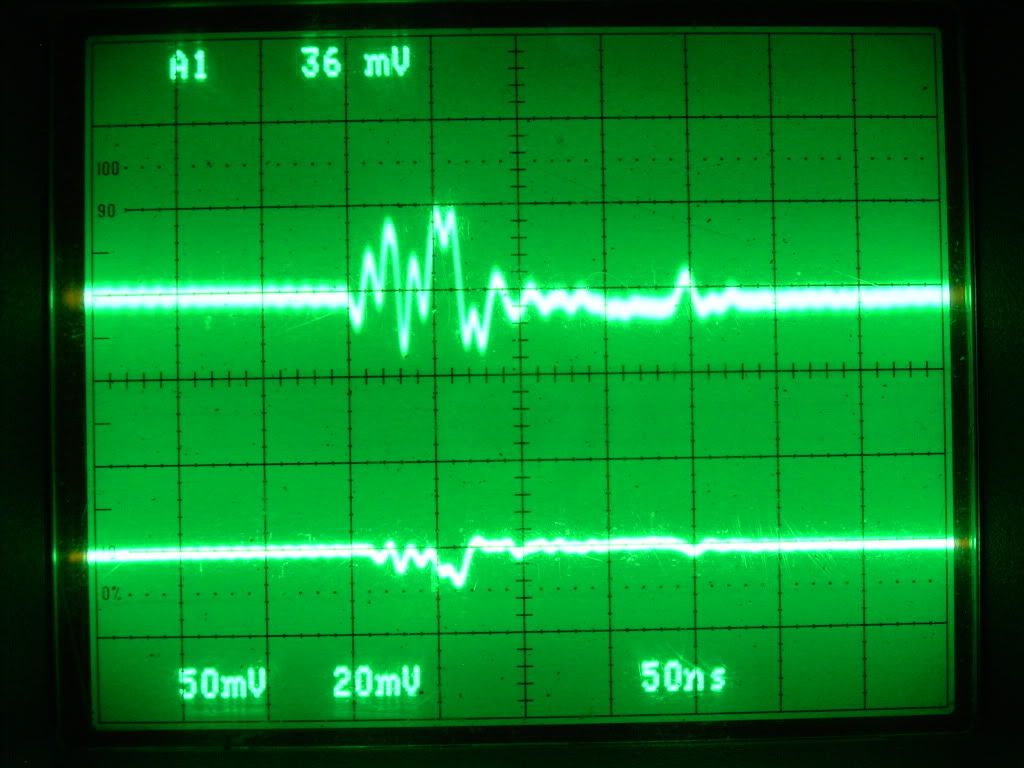

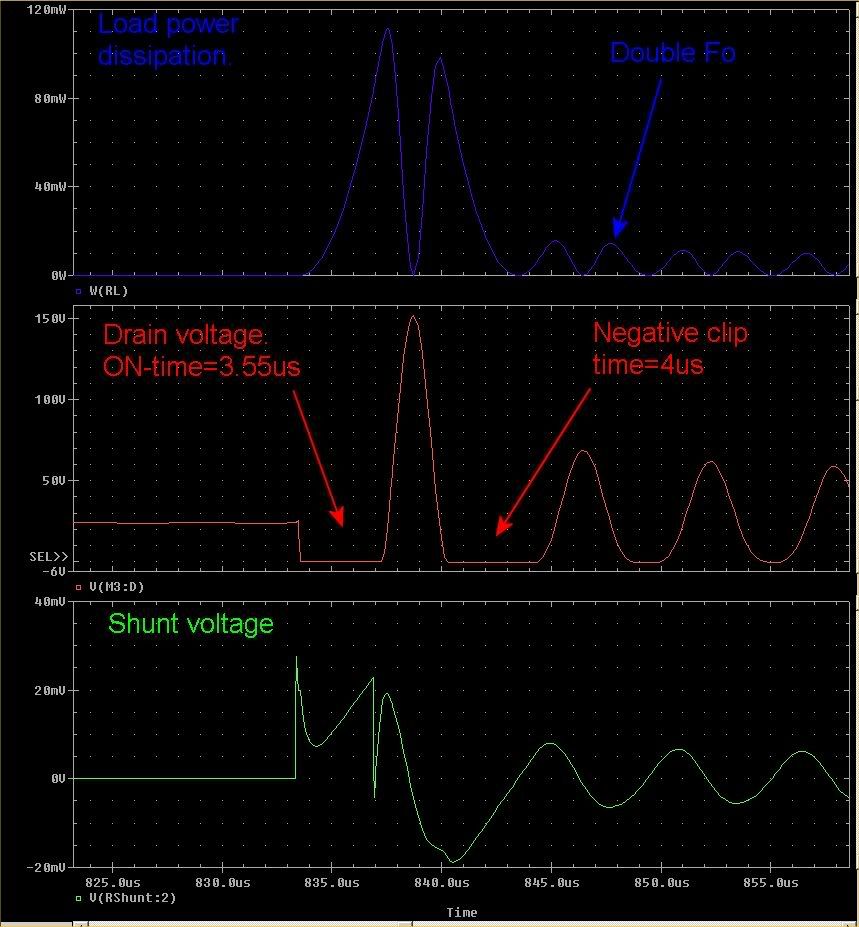
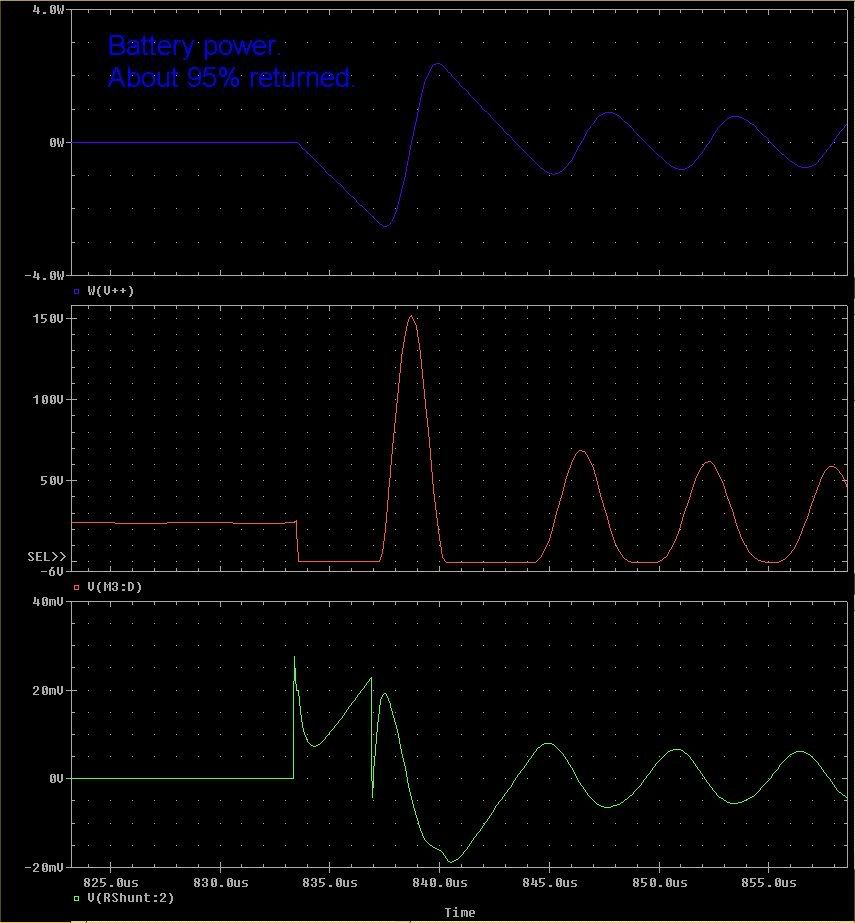

Comment